Going gorilla trekking in Uganda at the Bwindi Impenetrable Forest is the type of adventure dreams are made of. It has everything: lush forests, misty mountains, exotic escapism, and of course, the majestic mountain gorillas.
Unfortunately, much like with the rhinos of Uganda, over the years, gorillas have suffered catastrophic losses to their numbers through poaching, habitat loss, and general human encroachment.
As such, mountain gorillas are exceedingly rare, with a total global population of only around 1,000 in the wild.
This number is quite low, but it was worse. At one point their numbers were so low that it was estimated that they would be extinct by the millennium.
They have been making a slow comeback though, so any increase in their population is great news.
This comeback is largely due to conservation and a heavily regulated tourism industry that has sprung up around the animals.
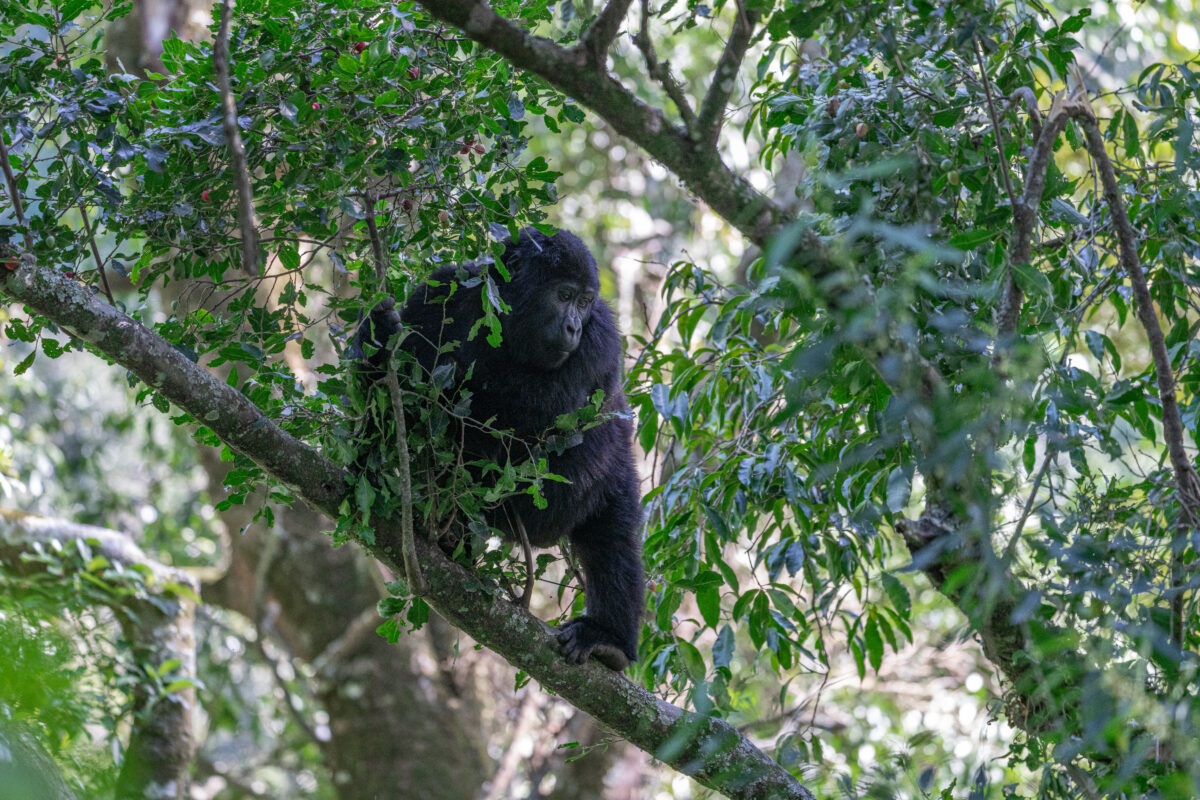
Deep in thought…
I went gorilla trekking in Uganda, and here is how you can too.
Mountain gorillas are only found in three east African countries: the Democratic Republic of the Congo (DRC), Uganda, and Rwanda. As these aren’t exactly easy destinations to tackle, some considerable planning is required.
First, you need to decide where you want to go. There are two gorilla trekking spots in Uganda: Bwindi Impenetrable Forest National Park and Mgahinga Gorilla National Park, with Bwindi being the most popular choice due to the larger number of gorilla families.
You can choose either, but more gorillas equals more permits and a greater chance of finding the gorillas. If you didn’t catch the implication there, it’s that finding gorillas on your trek isn’t guaranteed. They try their hardest, but the gorillas are very mobile so while the trackers do have a general idea of where each family is, nothing is guaranteed.
Luckily, gorilla trekking in Bwindi Impenetrable Forest comes with an average success rate of around 90%.
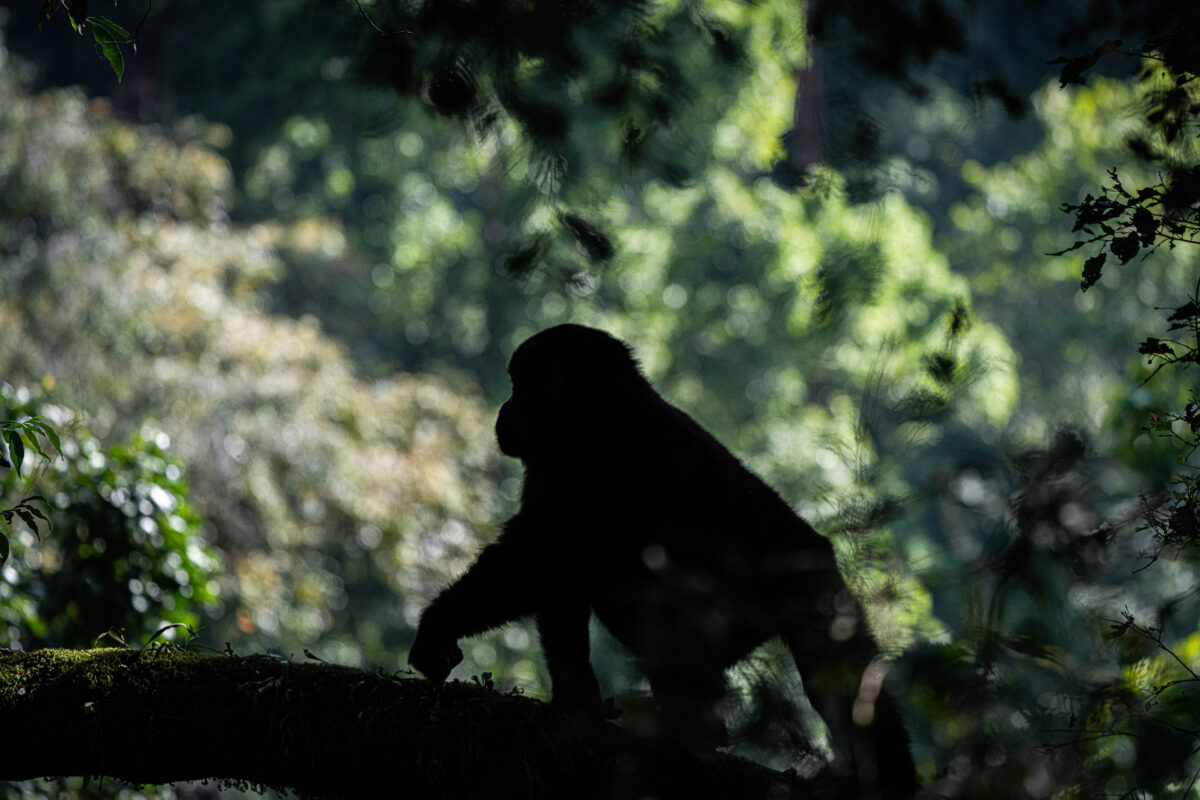
Which sector for your Gorilla Tracking in Uganda?
Bwindi has four gorilla trekking sectors: Buhoma, Nkuringo, Ruhija, and Rushaga. Each is slightly different and comes with its own gorilla families.
Ruhija
The Ruhija sector is where I chose to do my gorilla tracking. I chose it largely due to the availability of permits, and its location.
Ruhija is considered to be less crowded than other sectors and offers you more of an ecotourism experience. Just getting there was a trip of its own, and then, the village itself is great as well.
This is a good place if you’re looking to beat the heat for a few days. Given Uganda’s location on the equator, along with the abundance of water and vegetation, things can get pretty hot and humid during the day.
But, given the elevation of Ruhija, higher up in the mountains, things are considerably cooler here during the day and can even get cold at night.
That makes it the sector to choose if you’re looking for a steep hike.
Its location also makes it a good springboard for moving on to Queen Elizabeth National Park which was the next stop on my Uganda itinerary.
While here I stayed at the Ruhija Gorilla Friends Resort and Campsite. It’s not so much a resort as it is a campsite with small lodges, but the view is amazing. Camping with your own tent will only cost you $10 per night.
Ruhija is currently home to four habituated gorilla families and also offers a gorilla habituation experience for the cost of $1500. (More on habituation below.)
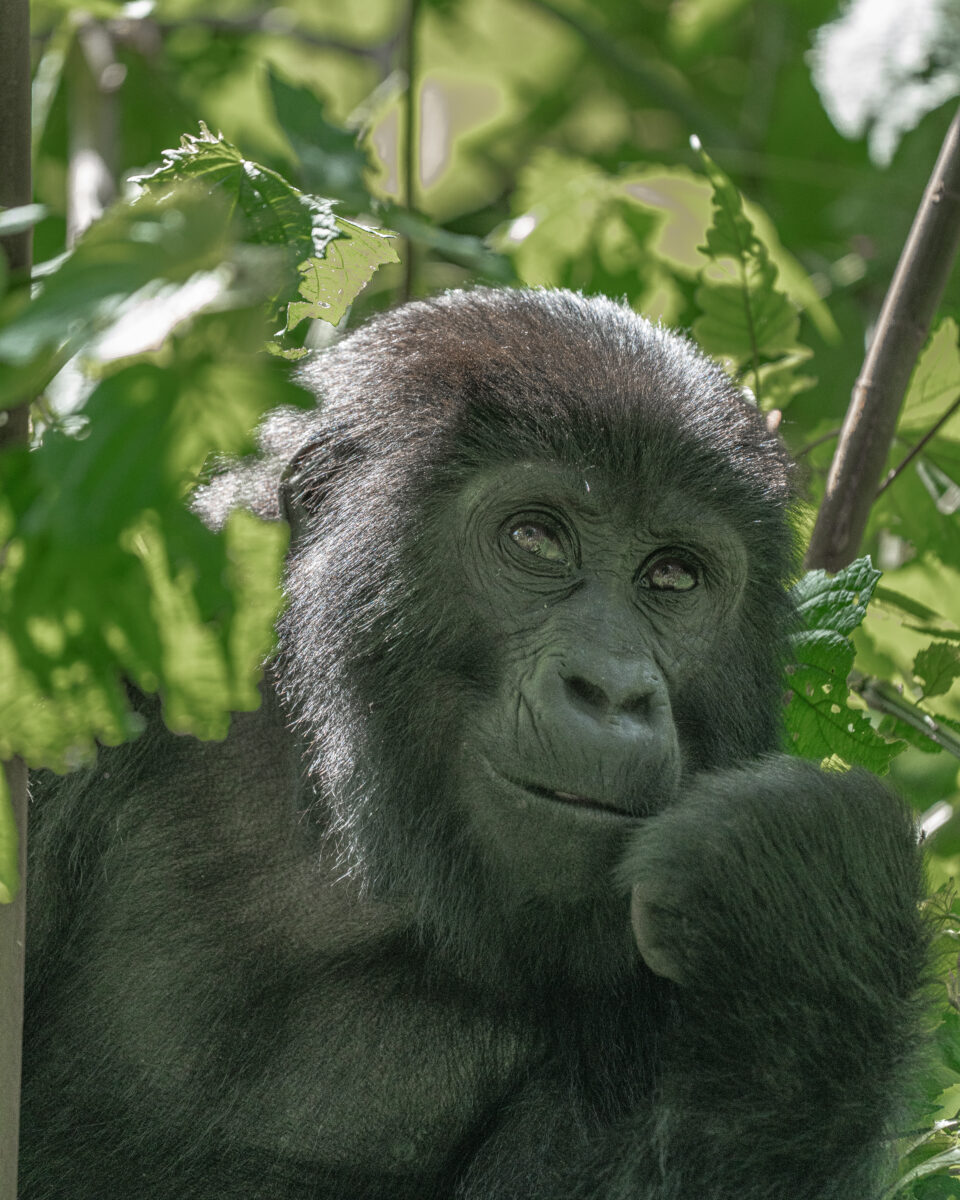
He calls this look “Blue Steel”
Buhoma
The Buhoma sector is the oldest gorilla tracking sector, which makes it one of the most developed, but also the most crowded.
The popularity is largely because it is where you’ll find the headquarters for Bwindi National Park, as well as the upscale lodges.
Buhoma currently has four fully habituated gorilla families that are open for tracking.
This sector does not currently provide any habituation experiences.
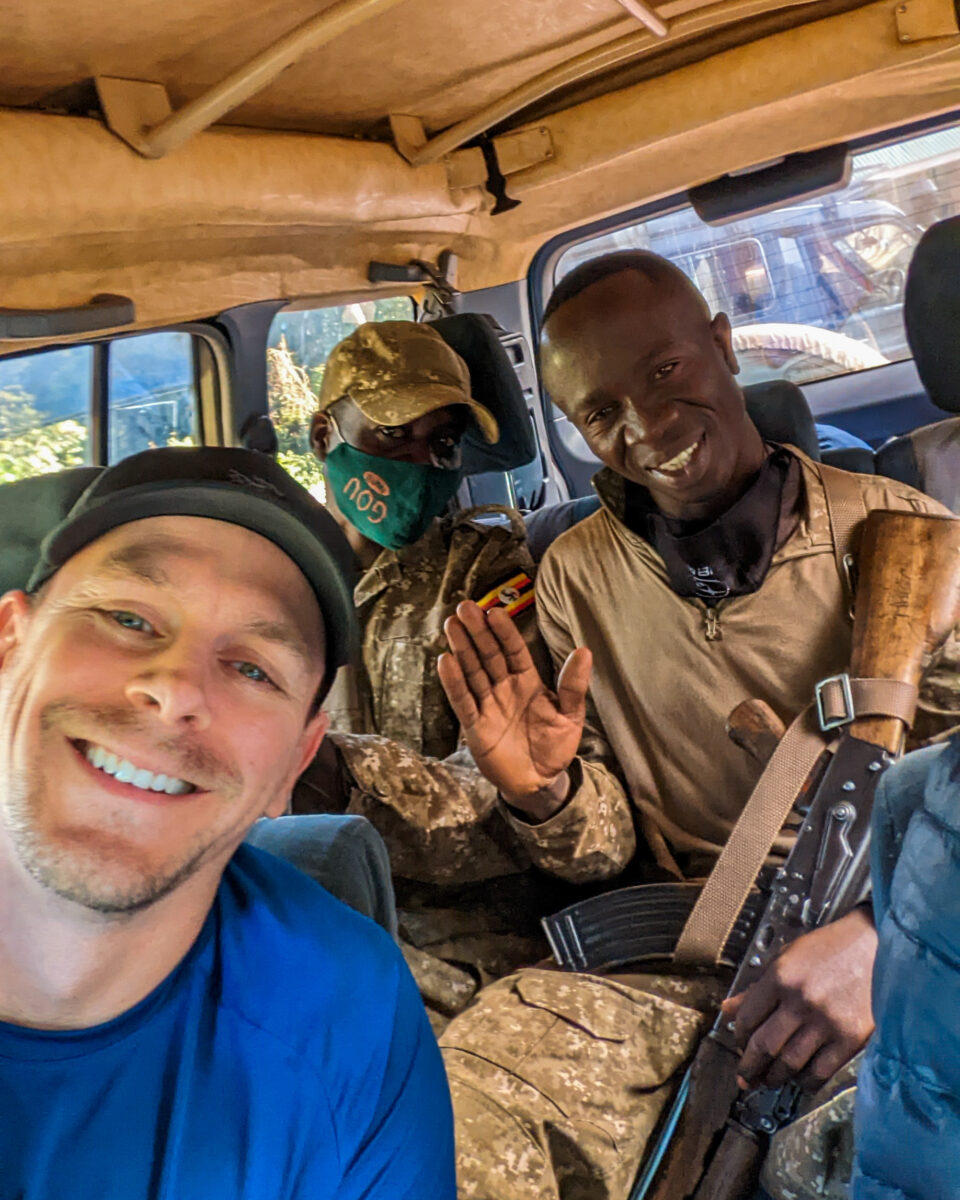
Giving our Rangers a ride to the starting point So they wouldn’t have to walk.
Nkuringo
The Nkuringo sector was known for having a family that was led by the most popular and dominant of the Ugandan gorillas, a silverback named Rafiki. Unfortunately, Rafiki was killed by loser poachers during the COVID lockdown in June of 2020.
Nkuringo is home to three gorilla families that are currently open to tracking, as well as a fourth that is in the process of being habituated.
Rushaga
The Rushaga sector is known for having the best views. Here you’ll be able to see volcanos and mountains in the distance as well as Lake Bunyonyi, the deepest crater lake in Africa.
The Rushaga sector currently has five fully habituated families meaning that it offers the most permits per day. It also currently has two families that are undergoing the habituation process.
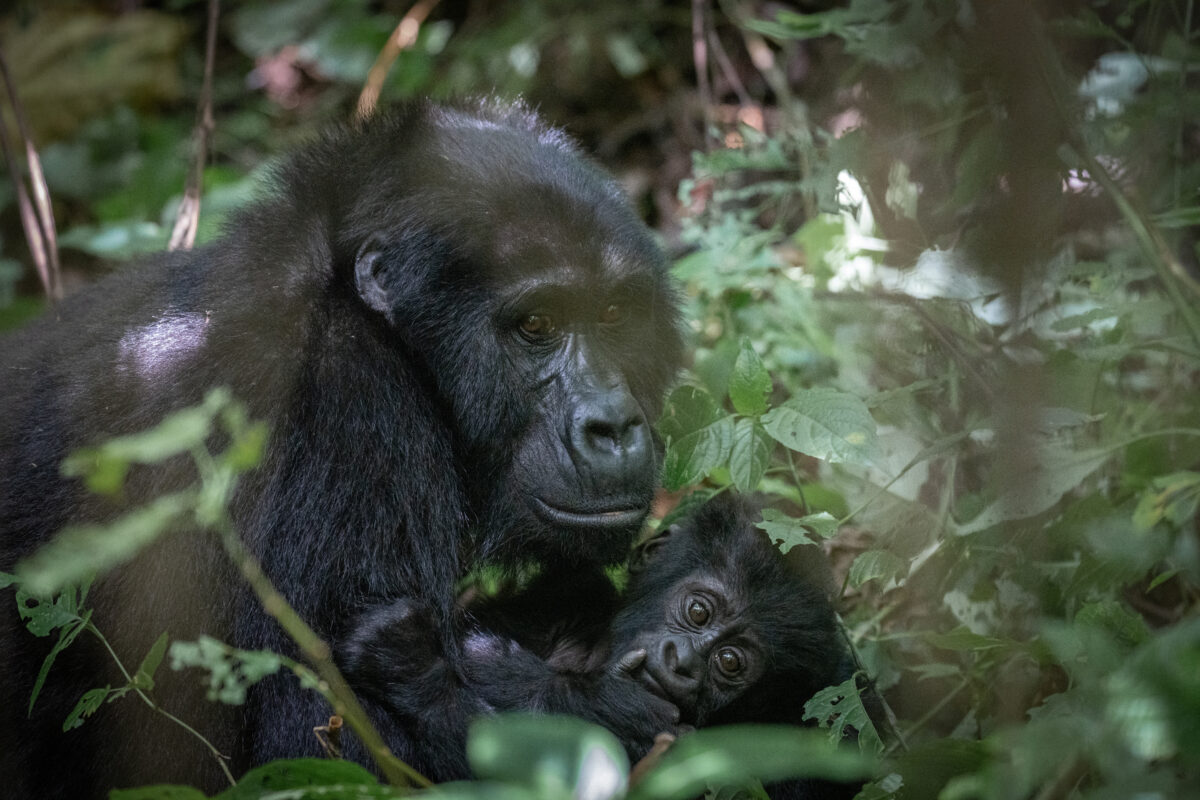
Unfortunately the undergrowth was so thick that it was often difficult to get unobstructed pictures of the gorillas.
Uganda Gorilla Trekking Permits
In order to visit the mountain gorillas, every visitor must have a permit. These permits can be obtained through the Uganda Wildlife Authority (UWA), though at the time of writing, their booking option is undergoing maintenance.
If it’s still down when you book, you can also reserve your permits through a tour operator or safari company that purchased them from the UWA.
The cost of a standard gorilla permit is $700 in Uganda, but if you choose to get your permits through an operator, you should expect to spend a little extra. You’re basically paying for the ease and convenience of not having to go through the process yourself.
My permit was purchased at a $70 premium through Insight Safari Holidays for $770. Getting the permit on your own doesn’t appear to be too difficult, but my travel partner handled the permits while I handled booking the rental vehicle.
For comparison, a standard gorilla permit currently costs $1500 in Rwanda and $400 in the Democratic Republic of the Congo.
While you can buy your permit the day of, don’t hold your breath as they usually sell out months in advance. I was here with a friend and we booked our permits about three months in advance, but some companies advise booking as much as six months prior to arrival.
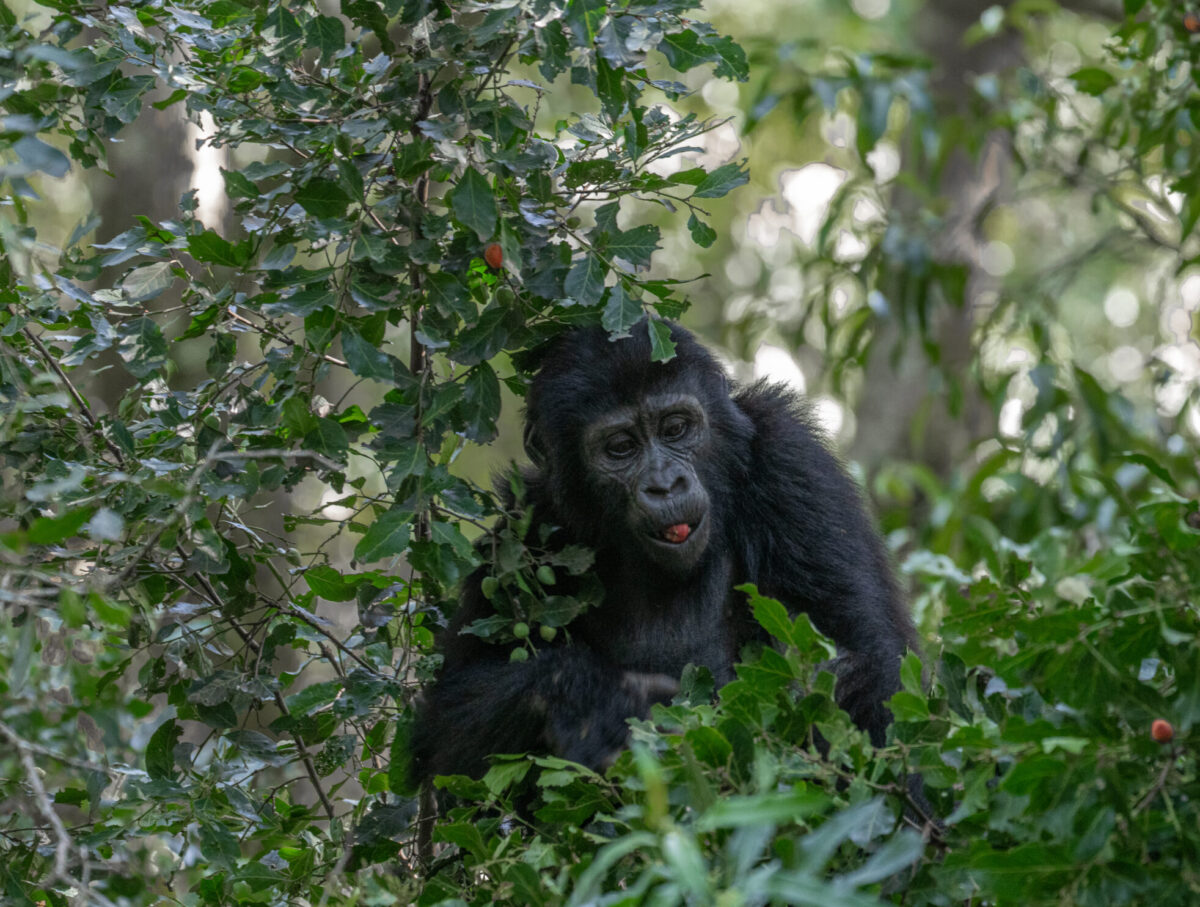
Nom nom nom.
Gorilla Trekking vs. Gorilla Habituation
You may have noticed that I’ve used the terms habituated and habituation quite a bit, but what are they and what’s the difference?
When you go gorilla tracking in Uganda, you are usually looking for a habituated family.
Gorilla Trekking – Habituated
Habituated gorilla families are those that have, over several years, grown accustomed to humans being around them. This allows your group to get closer, without the risk of scaring them off.
The family I observed was habituated.
While it wasn’t deliberate on my behalf, I had two instances where one walked right through the group and brushed up against my leg. They are still wild animals and strong ones at that, so this isn’t something you should be trying for, but it was a pretty remarkable experience.
Both times it happened, I had been looking in one direction when a medium-sized gorilla came out of the bushes behind me. Instinct might be to back off, but our guide told me to freeze and not move.
I hate being snuck up on, but I’ll take this as a happy exception.
Gorilla trekking with a habituated family allows you to spend about one hour with them. After that, it’s time to give them some privacy.

Gorilla Habituation
A Gorilla Habituation Experience allows the gorillas to get used to the presence of humans over the course of several years. Groups will be a bit further away from the gorillas, but they’ll see you and be aware of your presence. The groups are also smaller, at only four permits per family instead of the usual eight.
Get too close to an unhabituated gorilla family and they’re likely to run away or maybe even attack (don’t worry, this experience is considered to be safe).
The real benefit here is that you’ll be spending four hours with the gorillas rather than the standard one.
Just be sure that four hours is what you really want as that is quite a long time for most people to be standing in the jungle. Add on top of that the amount of time it will take you to even find the gorillas and you’re in for a very long day.
Then there is also cost to consider. At the time of writing, a standard Uganda gorilla trekking permit costs $700, while the gorilla habituation experience costs $1,500.
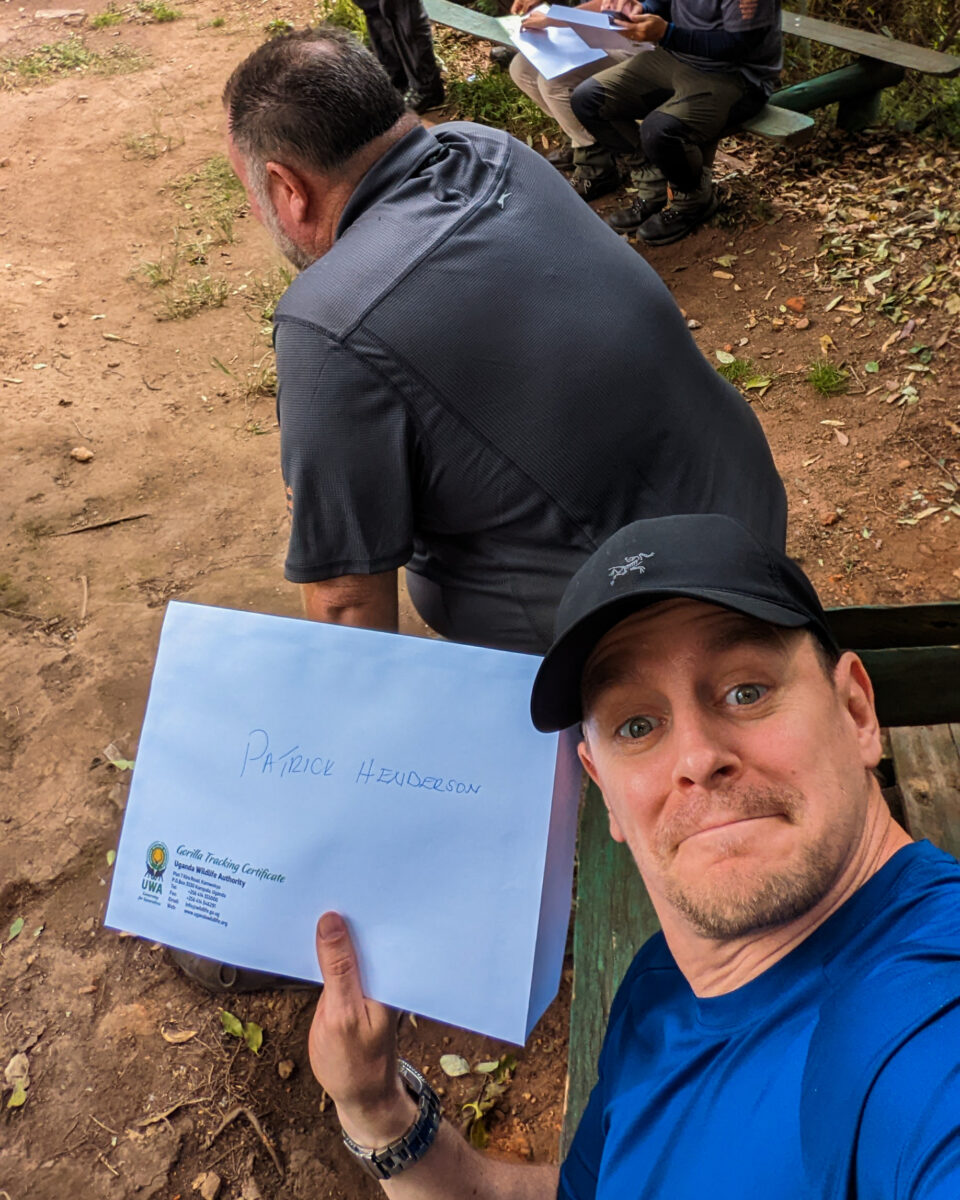
When you’re all done you get a nifty certificate stating that you successfully tracked and found the gorillas! Maybe I should have taken it out of the envelope for the picture…
How hard is Gorilla Trekking in Uganda?
Questions like this are always relative, but when it comes to tracking gorillas in Uganda, the answer varies wildly.
This is because you don’t know how long it will take you to find the gorillas, or where they might lead you.
When looking for the gorillas, the advance trackers start at the point where the families camped the previous night. Because they have a starting point, they do have a general idea of where they are, but actually finding them is a different story.
The gorillas can cover quite a bit of distance in their search for food. As such, it can take anywhere from 1-6 hours to catch up with them. One person in my group who had been out four times over several years said that their previous trek took a whopping nine hours to find them!
While nine hours definitely isn’t the norm, you should still be prepared for a potentially long hike. This means you should have sacks, lunch, and enough drinks in your bag. If this sounds daunting to you, you are able to hire a porter for to carry your bag for you. Porters will cost you around $10-$20 per person. So don’t expect them to carry stuff for two people.
This goes both ways too because sometimes it’s less than an hour. My group was fortunate enough to find the gorillas in only nine minutes!
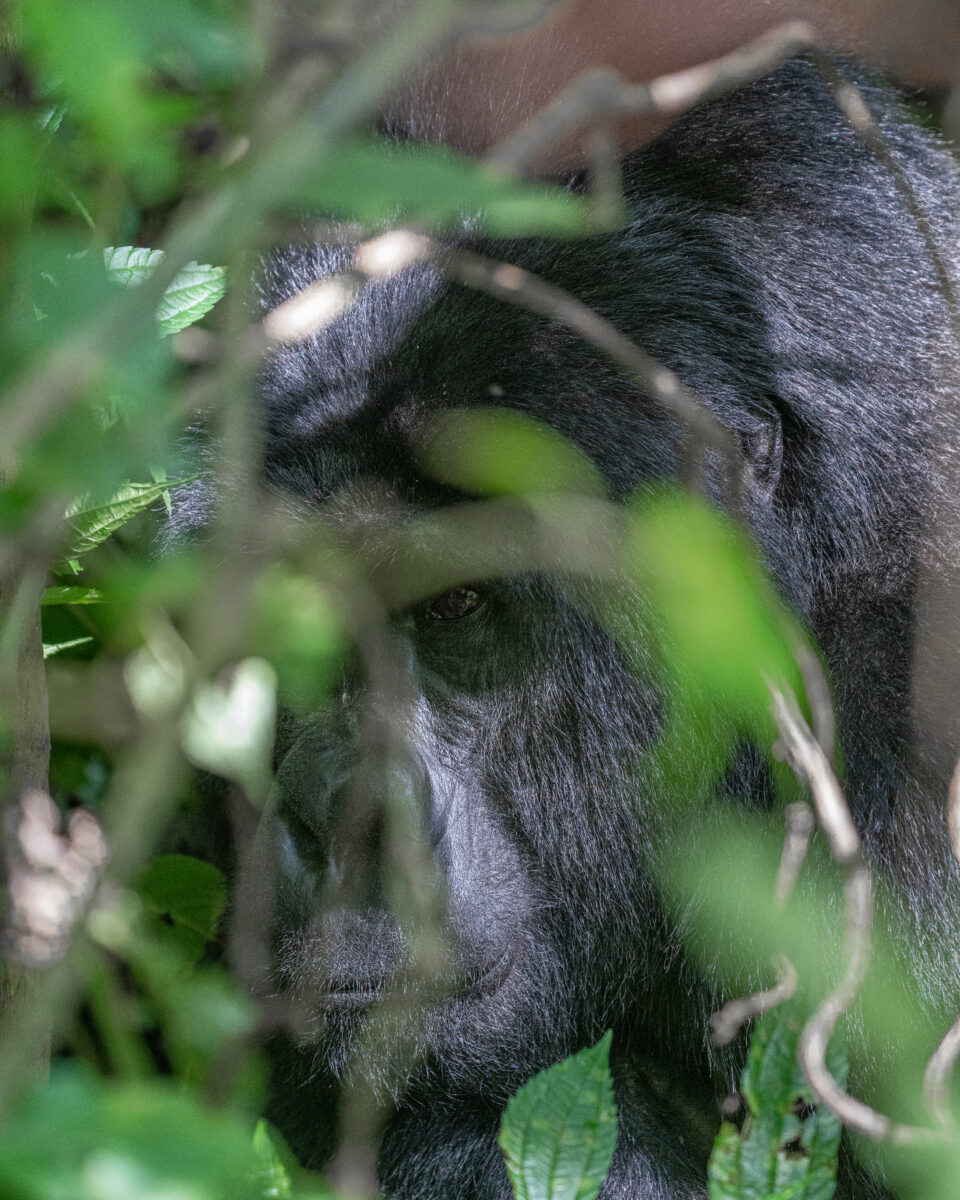
We found the silverback while he was mating with one of the females. He finished in about 45 seconds, looked at us once, and then fell asleep face first on the ground while the female tried to wake him up to go again. Bro…
Best time to go Gorilla Trekking in Uganda
Uganda gorilla tracking is a year-round event due to the country’s unique location on the equator. This keeps temperatures mostly in the warm to hot range with no true winter. There are, however, rainy and dry seasons.
There are two rainy seasons per year: March through May and September through November.
This means that its two dry seasons run from December to February, and from June to August. While you can easily go gorilla tracking during either the wet or dry season, the dry conditions are particularly good for this type of activity. The dry seasons are also better for spotting big game while on a safari in any of the national parks.
Then, of course, to take advantage of the better conditions, you’ll also find higher costs for things like accommodations and vehicle rentals; a small price to pay to avoid potentially being poured on while in the middle of a jungle.
What do you think? Is gorilla trekking in Uganda something you’d like to do? Do you have any other questions about how to do it? Let me know in the comments below!
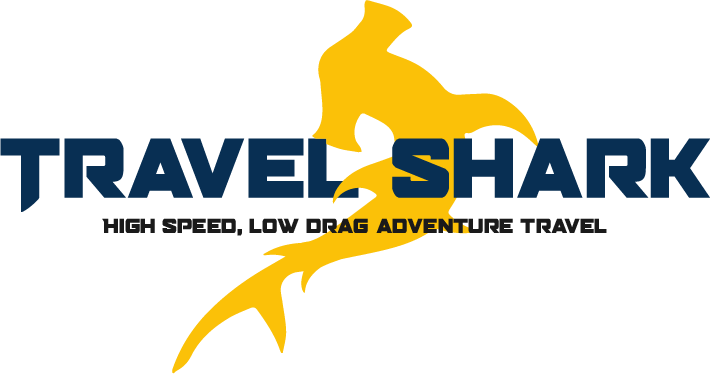
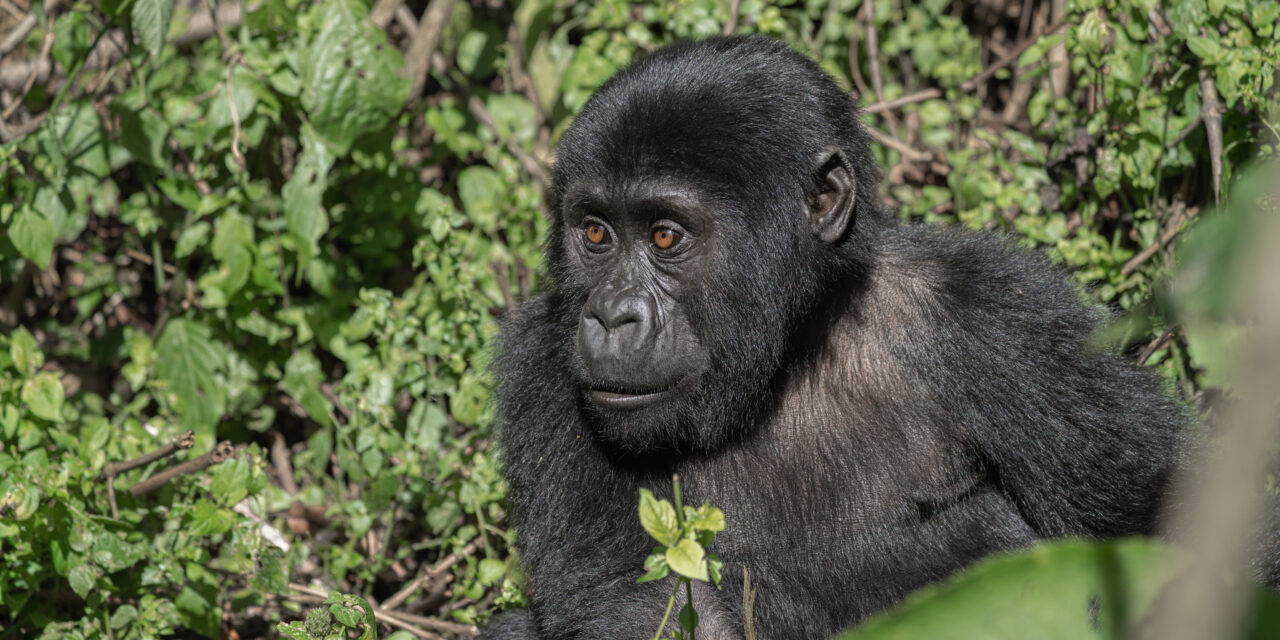
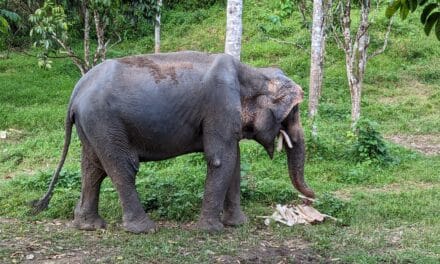
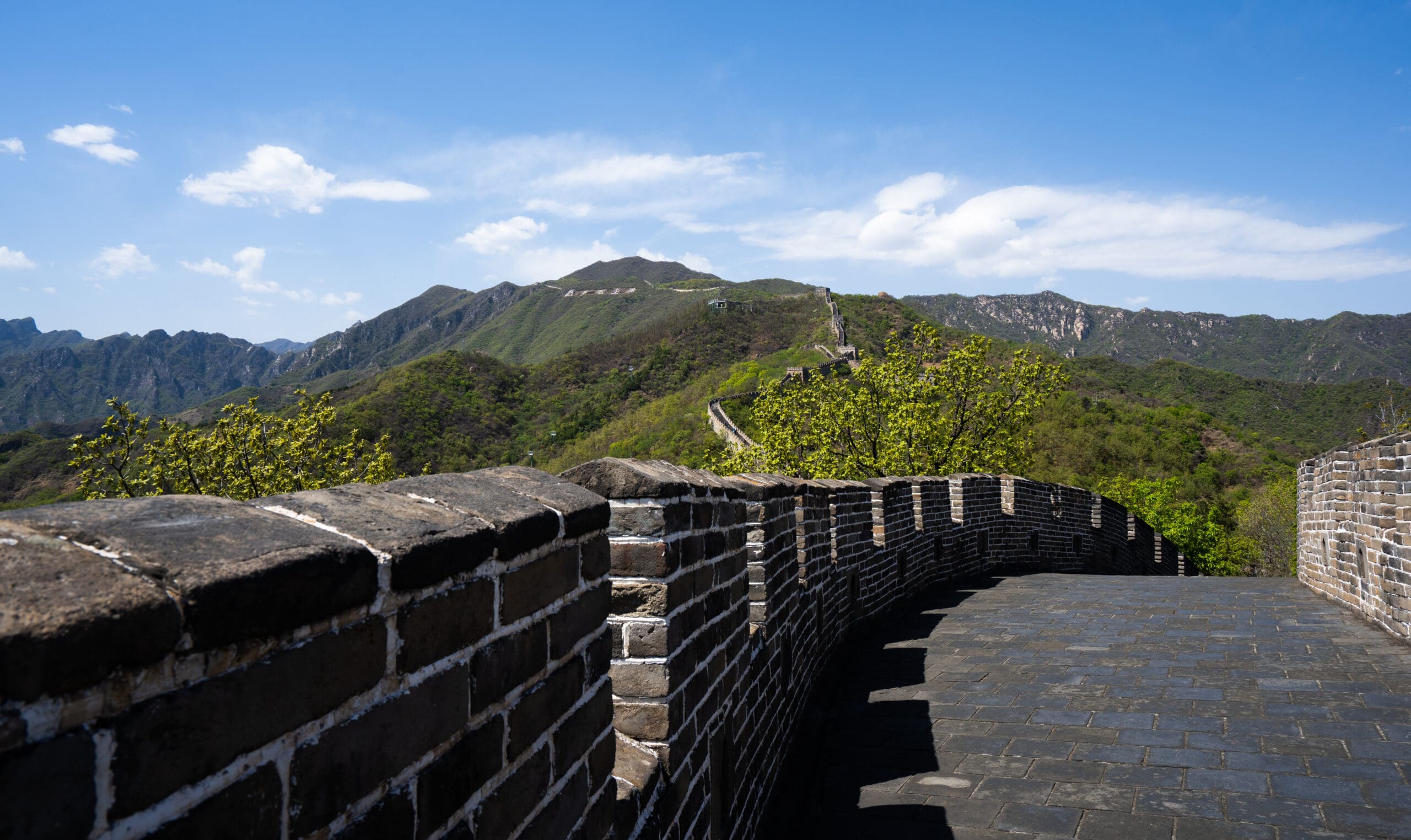
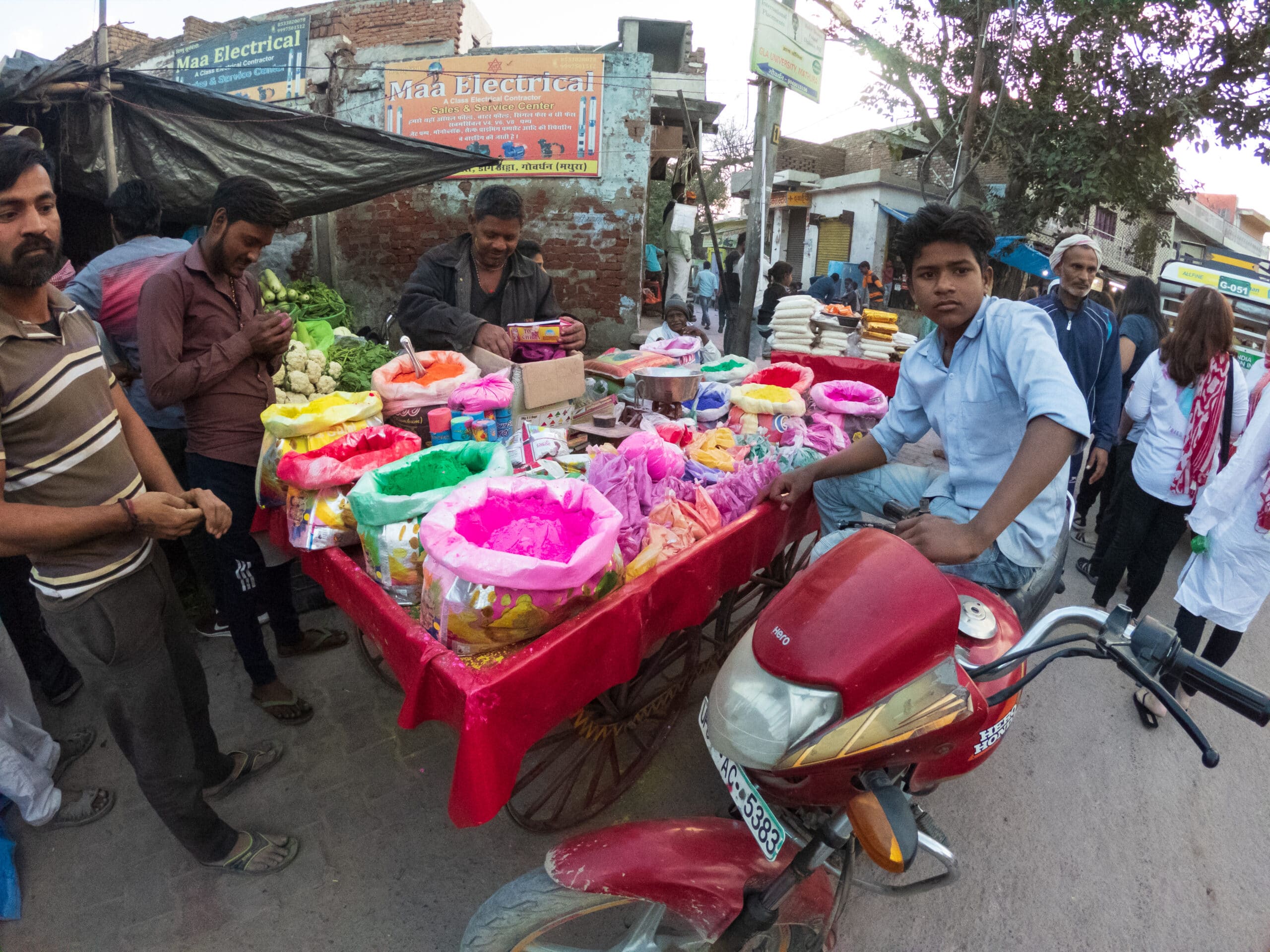
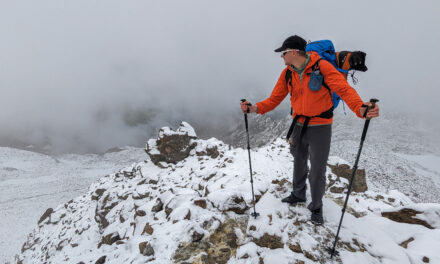

This is great! It must have been a thrilling adventure for you! Thank you for sharing! Awesome article!
Thanks! It really was! This was one of those trips that are just extra unique.
What type of foods were available to you on your trip? Did you have to bring a lot with you?
Ate a lot of fruit on this trip. I did bring some stuff with me but unfortunately, I never got to eat it because the airline lost my bag. I didn’t get it back until the last day of the trip!
[…] Be sure to check out my detailed post about how to see the amazing Mountain Gorillas of Uganda […]
[…] mountain gorillas in Uganda were amazing, but I was a bit let down by the silverback. When we found him, he was hidden in the […]
[…] laundry while traveling is a question I get asked a lot. Maybe it’s because I’m always running around in the jungle and climbing mountains. Or maybe it’s my fixation on personal […]